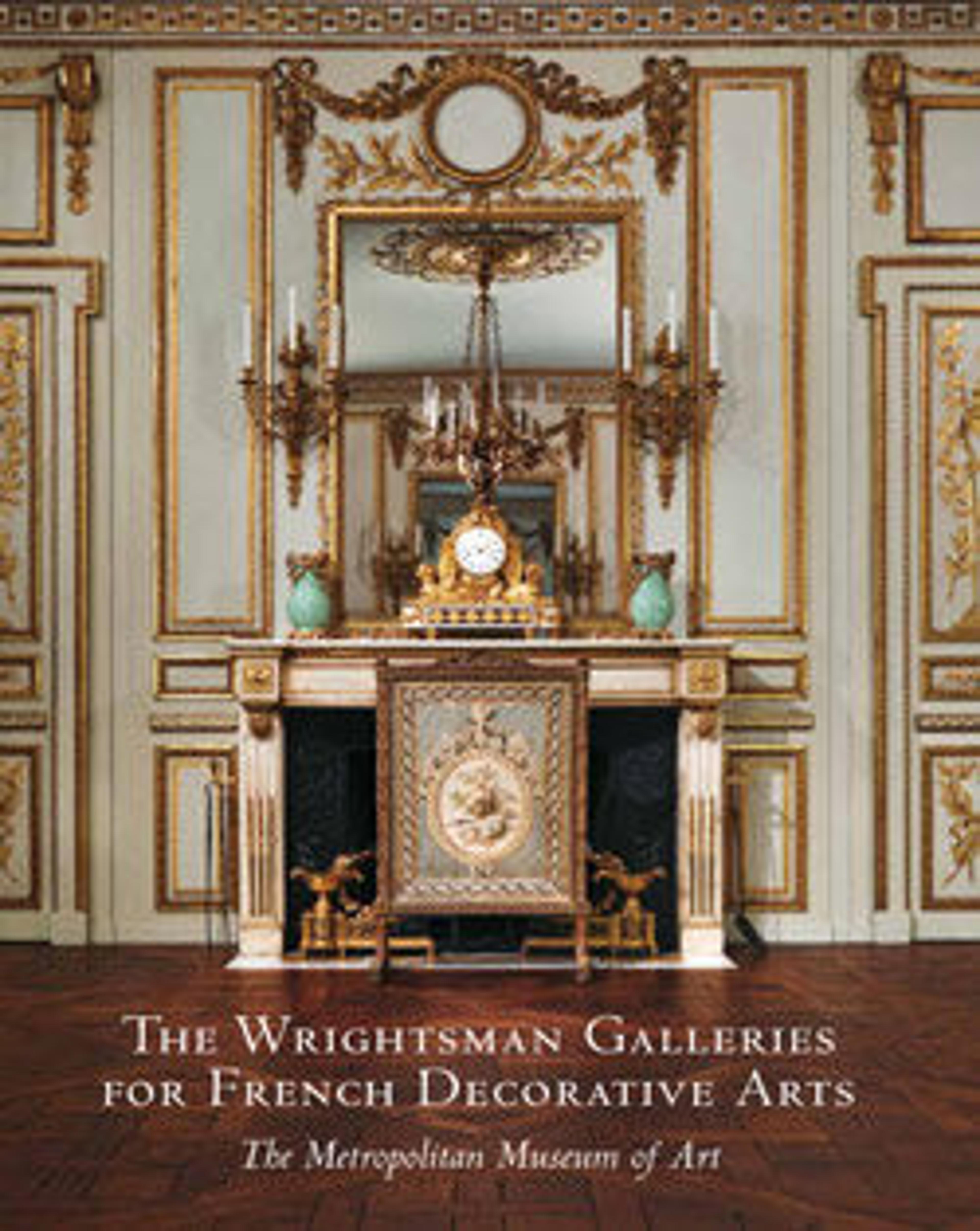Set of four three-light sconces (bras de lumière)
Gilt bronze was used extensively for different types of lighting, ranging from freestanding candlesticks and candelabra to hanging chandeliers and lanterns. Sconces were usually placed on either side of a mirror so that the flames of their candles were reflected and multiplied in the glass. Given their size, these examples, which were originally part of a set of six, must have been intended for a large, formal room. Three scrolling arms spring organically from a shaped stem, which incorporates floral trails, fruit-bearing olive branches, and rocaille ornament. The candleholders at the ends of the arms are in the form of spiraling foliage, and their drip pans resemble acanthus leaves. The sconces complement each other symmetrically and form two proper pairs. Each one consists of a number of separate elements, fastened in such a way that it appears as if they were cast as a single piece. The virtuosity of their design and the symphony of flowing lines and twirling movement make this set of beautifully chased and gilded wall lights a triumph of Rococo art.
Artwork Details
- Title: Set of four three-light sconces (bras de lumière)
- Date: ca. 1750
- Culture: French, Paris
- Medium: Gilt bronze
- Dimensions: Each: H. 28 3/4 x W. 22 7/8 x D. 13 1/4 in. (73 x 58.1 x 33.7 cm)
- Classification: Metalwork-Gilt Bronze
- Credit Line: Gift of Mr. and Mrs. Charles Wrightsman, 1972
- Object Number: 1972.284.10–.13
- Curatorial Department: European Sculpture and Decorative Arts
More Artwork
Research Resources
The Met provides unparalleled resources for research and welcomes an international community of students and scholars. The Met's Open Access API is where creators and researchers can connect to the The Met collection. Open Access data and public domain images are available for unrestricted commercial and noncommercial use without permission or fee.
To request images under copyright and other restrictions, please use this Image Request form.
Feedback
We continue to research and examine historical and cultural context for objects in The Met collection. If you have comments or questions about this object record, please complete and submit this form. The Museum looks forward to receiving your comments.
